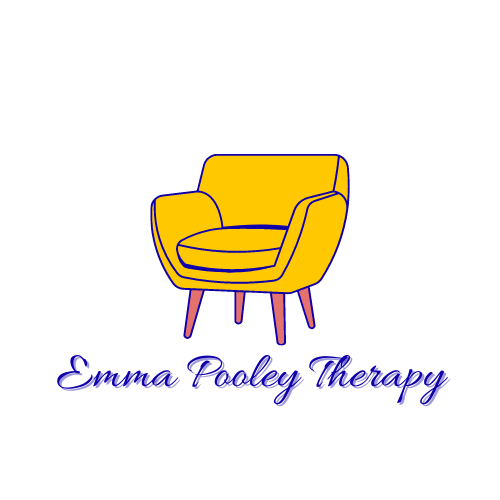Writing for Mental Health: Part 2
Welcome to the second and final part of my blog mini-series focusing on writing for mental health. In the previous post, I talked about the forms of writing we can use to process and express our feelings and experiences; you can read the full post here if you’re interested.
This time, I’ll be talking about some of the practical forms that our writing can take for our mental health. This could be done by writing out to-do lists, updating a calendar or diary with important dates, or by communicating what we need from others in writing, even with something as simple as a text asking them to buy milk when they’re at the shop.
Staying organised & creating mental bandwidth
The practical forms our writing can take are usually for the purpose of staying organised and creating mental bandwidth. This helps to reduce our own stress and anxiety, and also enables us to be emotionally present and available for others. It’s an essential part of maintaining healthy relationships and strengthening communication skills, so these practical forms of writing for mental health are incredibly important.
Brain-dumping
I often feel like there are a million thoughts rattling around in my head, and I describe this process as having too many head-plates spinning at once. When this happens, I feel scared that I’m going to drop a vital plate and either unintentionally let someone down or create problems that could have been avoided if I’d been more organised and written things down.
When I feel overwhelmed with trying to remember everything I have to do and keeping my head-plates spinning, I write a brain-dump. I literally “dump” all of the thoughts that are rattling around in my head onto the page, no matter how small or insignificant they may appear to be.
Once I’ve done this, I can review what I’ve “dumped” and work out what needs to be prioritised and what I can release. This process helps me to feel like I’ve offloaded everything, which reduces the chances of me forgetting important things, like responding to messages or completing a task in time to meet a deadline.
Have a diary / calendar (and actually use it!)
One of the absolute essentials for me is a diary that I can use to note down appointments and meetings, but also other deadlines and tasks I need to complete. I have an electronic diary that I use for work that my Business Support Manager can access, and I make sure I log all key things in it so that she knows which slots she can offer to clients.
Although electronic diaries are great if you need to chop and change things around regularly or give someone else access to your availability, I’ve always preferred a paper diary. I find that if I’ve had to physically write things down, I’m more likely to remember them. My current planner is a Perfect Planner Entrepreneur Edition, and I love it (this isn’t an advert and I’m not being sponsored, it’s genuinely the best planner I’ve found for me so far!).
Emails and other messaging tools
I have a love / hate relationship with emails and messages; I love how I can create systems that make it easy to find information efficiently, and I’m more likely to retain things when it’s written down and I can refer back to it, but the volume of messages I send and receive can be overwhelming.
One of the tasks that I’ve handed over to my Business Support Manager in an effort to mitigate this is most of my diary management. She sends out email confirmations to every client who is booked in for the following week, including Zoom links, which gives them a reminder with plenty of notice if they need to reschedule for any reason. This reduces my feelings of overwhelm, and helps clients to keep track of their sessions.
Writing out exactly what help and support we need from others is a great way to enhance our communication and interpersonal skills, as it gives us the opportunity to review it and clarify whether they are the best person to ask for help, and establish how much of a priority it is in the wider scheme of things.
To-Do lists
A productivity tip that I’ve found incredibly helpful over the years is the recommendation to keep any to-do lists I create as short as possible, ideally with no more than 3 points on them. Having too many things on the list can lead to feeling overwhelmed and the focus being on all of the things that need to get done, rather than actually doing them.
This also helps me to prioritise because I make sure that the 3 things on my list are the most important things that have to get done that day. I give myself permission to only do those things if that’s all that feels manageable, but if I complete those tasks and feel motivated to do more, I will do so. The aim is to reduce the pressure as much as possible, and to increase efficiency and focus so that stuff actually gets done!
I hope that this post has given you some useful ideas about practical ways to write for mental health. Remember that this isn’t an exhaustive list, and that the possibilities are literally endless! I’d love to know if you write for your mental health, so feel free to connect with me and share if you’d like to.
As ever, if you’re struggling with your mental health and think I might be the therapist for you, there are a number of ways that you can get in touch with me about the possibility of working together. You can contact me using the form below, via email to emma@emmapooleytherapy.com, or find me on Facebook and Instagram @emmapooleytherapy.
